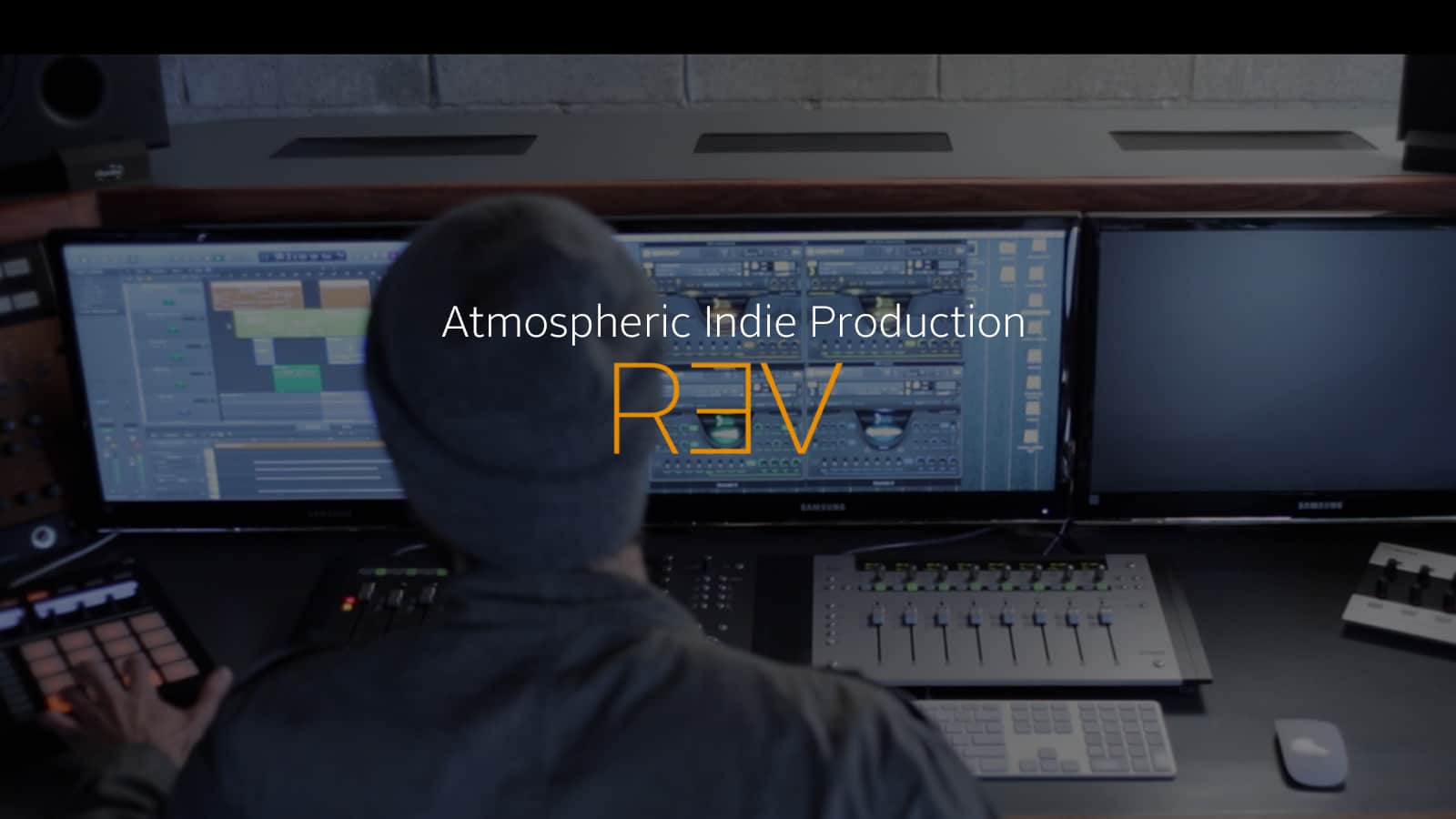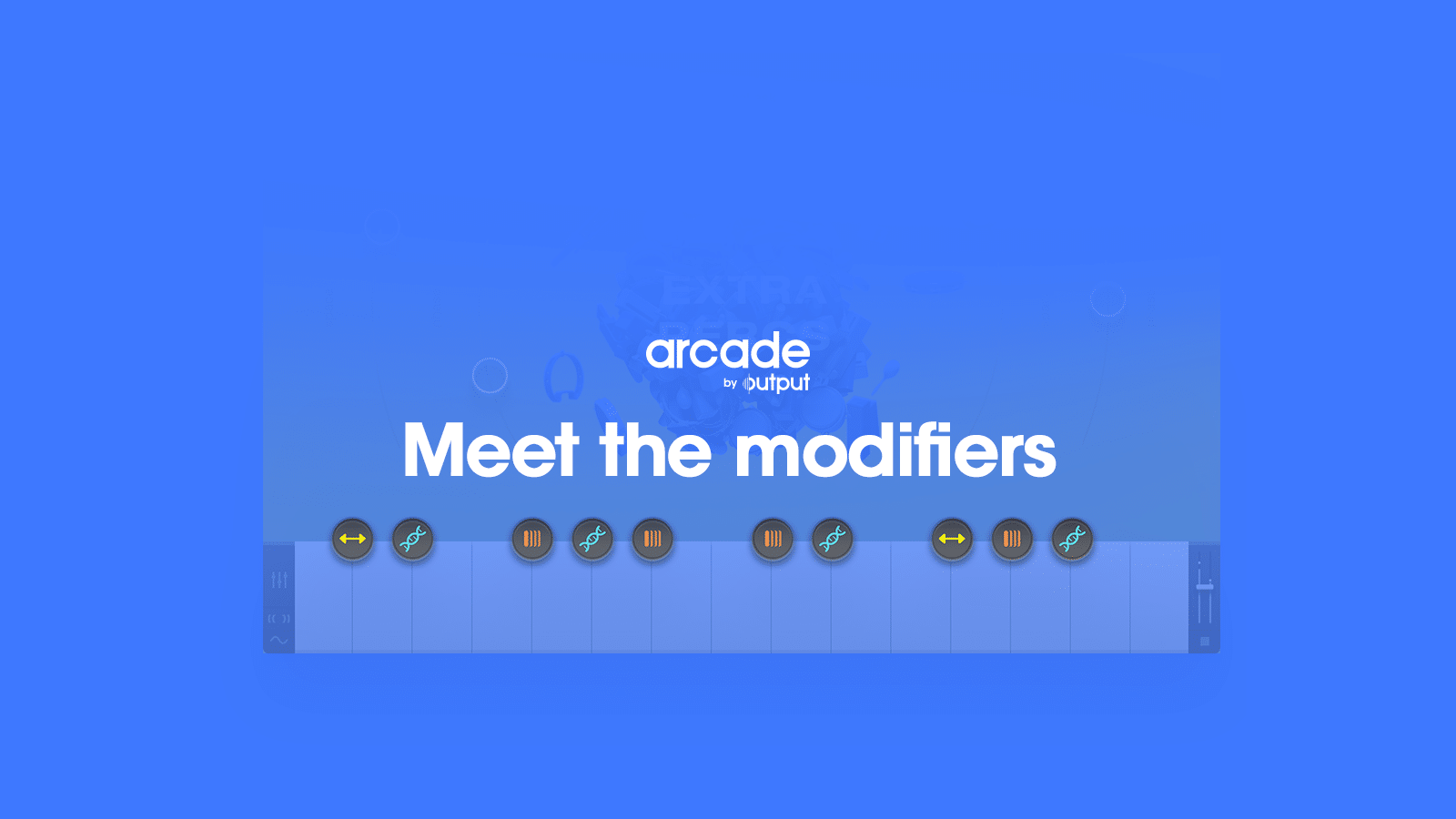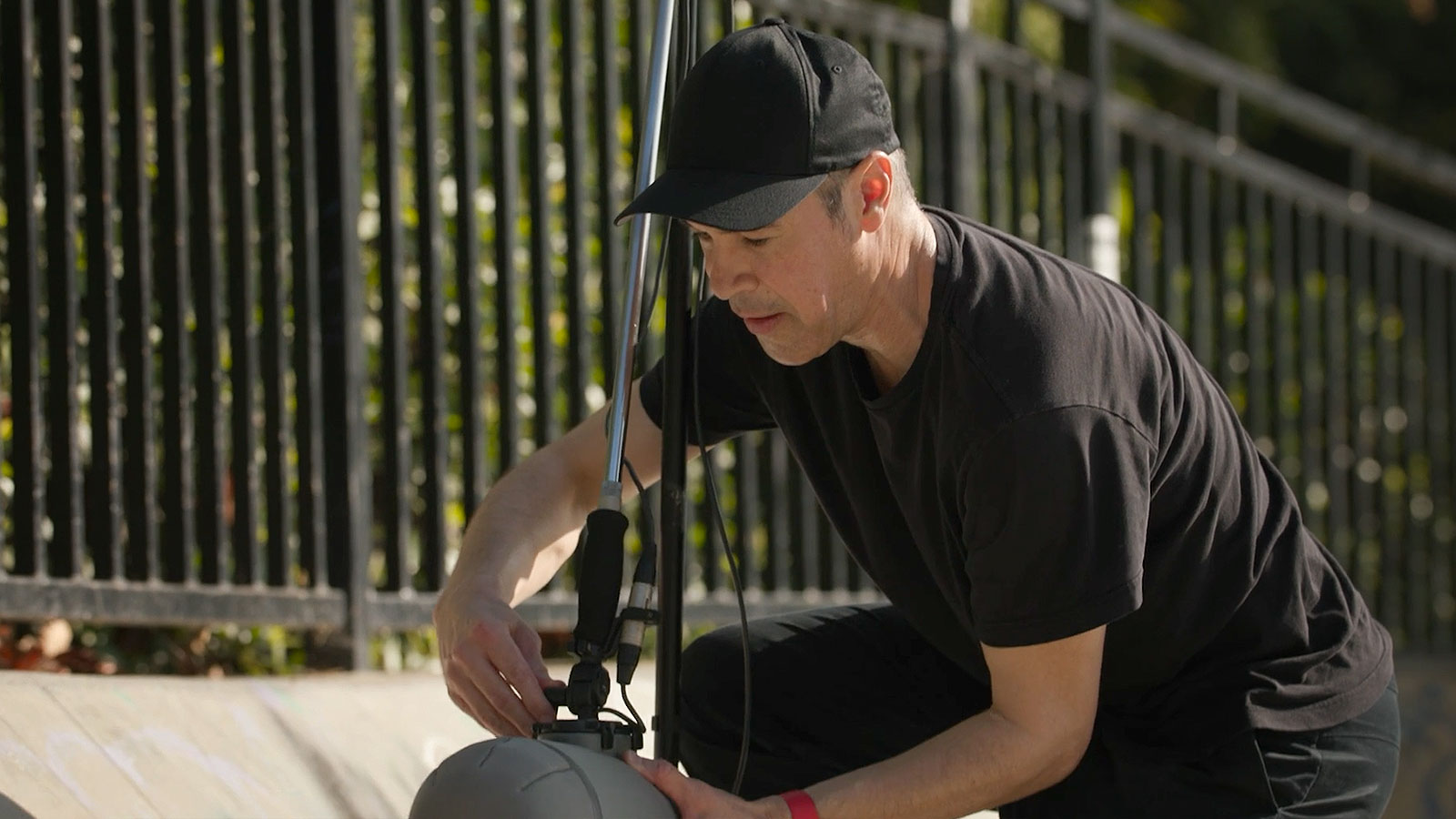
Writing (words, not music or lyrics) might be the last thing on your mind as a musician. The truth is that knowing how to write a good email is a crucial skill for musicians. Emails are how you’ll likely pitch your music to blogs, book gigs, and reach out to labels. Relationships are super important and your first impression (email, often) can be the most important one you make.
Of course, it takes incredible music to succeed as an independent musician. But if you’re not investing in the non-musical parts of your career, finding your audience is way harder than it has to be — even if you’re sitting on the next TikTok hit.
Many of us probably think we do a fine job with writing emails — not the case! It’s estimated that 50 percent of emails and texts are misunderstood. That’s not great. People have a tendency to assume the worst when communication isn’t clear, so if you send a badly written email, your message could be perceived as sarcastic, rude, or frankly, not useful.
No matter who you’re reaching out to, learning how to write clear and effective emails boosts your business as a musician. And that’s a major advantage. A well-written cold email to your local venue will more likely lead to a phone call. A poorly written email will more likely end up in the junk folder.
In this guide for musicians, we’ll go over the pitfalls of writing bad emails, tips for writing better emails, and practical examples that show how to structure the perfect email. Of course, there are also loads of resources for you to use! It’s all designed to get your music heard the next time you click send.
The many problems with bad writing if you’re a musician
If you think the quality of your emails doesn’t impact your music career, think again. Writing bad emails is like changing your life setting to hard mode — on purpose. It makes something as simple as booking a local show difficult or even impossible. And when it comes to something complex, like promoting an album, it prevents people from giving your music a chance.
Here are a few of the many problems you can run into if you write crummy emails as a musician:
1. You won’t be taken seriously by venues, media outlets, and other music industry folks
As musicians, we like to think that the songs we create completely define what people think of us. But when booking agents, playlist curators, managers, and others read your emails before they listen to your work, your words are the first impression.
When your writing is rushed, filled with errors, or generally tough to understand, readers are far less likely to give you and your music the time of day. This means missed opportunities to land shows, licensing placements, collaborations, and get blog coverage.
2. Leaving out information can leave opportunities on the table
Bad writing goes beyond grammar and punctuation mistakes. It’s also leaving out important information that the reader needs to know.
Any booking agent will tell you they get emails like this one from bands they’ve never heard of that are looking for shows:
“Hi, we’re ARTISTNAME, and we want to play your venue. Thanks, bye.”
What’s missing? So, so much. What does the band sound like, and where is their music online? Are they local or from out of town? Have they played locally before, and if so, did they bring anyone? When you leave out the basics, it’s impossible for someone to make an informed decision about you. And if they don’t already know your name, do you think they’ll take the time to respond and ask for more information? Nope.
3. It’s harder to connect with important people if you can’t describe your music
Describing your songs and your sound is a crucial skill to have in music. Your ability to talk about your music in an interesting way can be the tipping point that makes someone decide to click through and visit your Spotify or personal website.
We get it. It’s hard to talk about yourself and even harder to put your creative process into words. But using generic terms like “rising indie-rock artist” won’t cut it. It doesn’t say what makes you stand out from all the other acts jockeying for inbox attention.
Again, your music can’t define you as an artist unless people give it a chance and listen. To make that happen, the way you write about your music needs to be clear and engaging.
Basic tips to write better emails as a musician
Writing strong emails is one of the most important non-musical skills a musician can have. The good news is that it’s something you can easily get better at with a little time and effort. Music journalists, venues, and other industry folks don’t expect you to write the next great novel. But they do look for writing that’s to the point, contains relevant details, and describes what you’re about.
You don’t need to take writing classes or reduce your studio hours to practice and improve. Implementing these basic strategies will make your writing much better:
1. Have empathy for the person reading your email
Let’s start off with the most important tip. When you’re knee-deep promoting your music, it’s easy to forget that other people will (hopefully) read the emails you write and send. But when you write without thinking about who you’re talking to, it’s much harder to connect.
To book shows, license your music, and get your music featured on blogs and playlists, connections are crucial. At the very least, your writing needs to be simple and straightforward in order to make an impact. But your chances of making a connection go way, way up when your writing is also thoughtful and geared towards a specific person. If you can work in the reader’s name and a detail about them, great!
Also, give the reader information in a concise way and don’t ask for too much. Demanding an immediate response, listing multiple questions, or asking to meet up in person with someone you don’t know can be huge turn-offs.
Yes, you are pitching yourself, but you want the reader to feel like you care about their time and needs. Think about how you can make the reader’s life easier. Once you put yourself in their shoes, you’ll realize that long-winded, impersonal emails are a waste of time.
2. Edit and proofread your writing by reading it back to yourself out loud
The term “edit and proofread” might bring up bad memories from your days in high school. But our brains can skip over obvious errors, especially with things we’ve silently read over and over again.
Reading back your writing out loud once or twice is one of the easiest ways to spot slip-ups and unclear language. You’ll catch anything that’s off-color when you use this technique.
It also helps you nail the tone of what you’re communicating. Stuff that made sense on paper might sound cold, cocky, or just plain weird when read out loud. If you do nothing else on this list, use this trick. It’s a low-effort way to avoid feeling awkward after you press send.
3. Resist the urge to copy and paste
If you’ve ever wondered why venues, blogs, and playlist curators don’t get back to you, it could be because your emails are copied and pasted. The copy, paste, and send technique is great for delivering pitches to a bunch of contacts at once. But it’s not so great if you want those contacts to listen to your music.
Copying and pasting an email is easy. It also opens up huge potential risks for human error. You could use the wrong venue name, date, or individual name in an email. It’s also bad for making genuine connections. If you’re an unknown artist, a rookie mistake (like writing “Hi Dave” when the recipient is Sarah) is often enough for someone to stop reading and mark your email as spam.
It takes more work to write personalized emails, but it’s a better way to grab someone’s attention than mass-producing your pitches.
If you’re not comfortable writing something new every time you send an email, templates are your friend. Gmail has a built-in option that lets you create and save up to 50 email templates. Then you can build email frameworks to use over and over again — just fill in a few blanks!
There is also a middle ground where you write emails from scratch for the most crucial contacts you want to network with and leave the rest to templates.
4. Figure out how to talk about your sound and your story
Convincing a reader who has never heard of you to listen to your music is hard. One of the best ways to get someone to give you a shot is to tell a compelling and interesting story about your music. A good description can whisk a reader away to another place and time. It can conjure sounds in their head. It can let them feel like they already know you.
Autograf’s bio on Spotify is a great example. Here’s an excerpt: “Combining two art students and a derivatives trader into an all-encompassing art project was a novel concept. Autograf craft a shimmery mix of futuristic electronica with a DIY ethos that melds the skills from their former day jobs.”
If you’re stumped, write down all the genre tags that apply to your sound. Think about how listeners talk about your music online. Ask your friends how they describe your music. Try to nail down the feelings you try to convey with your songs. Hit up a thesaurus! And, avoid cliche words and phrases like “boundary-breaking” or “genre-defying.” NewMusicBox has a good list of clichés to avoid in music bios.
This should give you a good starting place so the next time you write an email you can say: “ARTISTNAME is a dark and gritty techno producer with tracks that will transport you to a sweaty basement club in Berlin at 4 a.m.”
That’s much better than “Up-and-coming techno artist,” isn’t it?
5. Get help through resources like writing apps and web-based platforms
Making an email sound clear and natural can be difficult. We often overthink writing and assume it has to be more complex and intellectual than it has to be. Phrases like “needless to say” are just that, needless to say. Thankfully, you don’t have to agonize over every sentence. There are many free apps and resources that can make your writing sharp for you.
Free apps like Grammarly and Google Docs are a huge help on your quest to becoming a better writer. Grammarly is an AI-powered writing assistant that offers guidance and writing suggestions as you work. And the technology in Google Docs points out spelling and grammar mistakes as you write in real-time. Music is always your first priority as an artist, and these time-saving tools let it stay that way.
The Hemingway Editor desktop app is another great writing tool to consider. It focuses on readability and flags things like complicated sentences, passive voice, and when phrases have simpler alternatives. It makes your writing easier to understand and more direct.
Strategies for nailing email etiquette
Once you’ve brushed up on your writing, how do you draft an eye-catching email? There’s no guaranteed method, but there are best practices to follow that can increase the chances someone will open what you write and read it.
Breaking down the components of an email down piece by piece, here’s advice for crafting the perfect email:
1. An interesting and direct subject line
The subject lines in emails are more important than you might think. Think of them like the headlines in newspapers. Their job is to summarize the reason you’re writing in a concise and clear way. Your subject lines shouldn’t be too long or complex.
“Electronic Cajun Band ARTISTNAME Submission For Single Coming Out This May” is a snooze, it’s too long, and it doesn’t say why you sent the email. How can you entice someone to open an email? Be direct, have intent, and keep it short (under 60 characters).
Example subject lines:
- Music Submission: ARTISTNAME “SONG/ALBUMTITLE”
- Hi TALENTBUYER – booking summer tour dates for ARTISTNAME
- Pitch: ARTISTNAME returns with synth-pop hit “TRACKNAME”
Throw in an emoji if you like — emails that use an emoji in the subject line have a higher open rate! Just remember to keep your overall character count down. You’ll have plenty of space to describe your music in the body of the email.
2. An informative email body
This is where you pitch yourself and describe your music. What you write here should be shaped by your unique musical story but not too wordy.
Start with an introduction that explains who you are and why you’re sending the email (interview, booking, review, label submission, etc.). If possible, try to use your introduction to convey familiarity. Use the reader’s name — if you know it — and include details to make it personal. Then explain why you’re emailing them and the outcome you want. Even if it’s your first time reaching out, a couple of paragraphs is often more than enough to accomplish all of this.
Example email body:
Hi John,
My name is Billy and I play in an electronic cajun band called ARTISTNAME. I’m writing to submit our new single “Cajun EDM Bonanza” for review on your blog. I loved your review of OTHERSONGNAME, where you said RELEVANTDETAIL. I think our song fits your musical taste!
Below is a streaming link, a download link, and more information about the band.
Notice that a lot of key information is covered in just a couple of sentences, including who you are, what you’re asking for, and that you took the time to learn about the reader.
The people you email in music are incredibly busy. If you bore them or bury the reason you’re writing, they probably won’t have the patience to hear you out. If you can take out a sentence and it doesn’t change the email, press delete!
3. A sincere closing with your information
In your closing, be considerate and use language that suggests what action you’d like the reader to take.
Example email closing:
Thanks in advance for your time and I hope you like our track!
That’s literally it. Don’t overdo it. A thank you goes a long way. Sign your name and you’re done. The idea is to put all your information into one concise package and then let them decide.
At the bottom is where you put all of your supporting materials. This can include your artist bio, a photo under 1MB, links to your socials, a link to your website or EPK, contact information, and of course, links to listen to your music online.
Make sure all your assets are embedded in the email or have active links. Don’t attach your track as an MP3 or your bio as a PDF. Most people hate attachments. This doesn’t have to do with technical writing, but getting this wrong will make your well-crafted email a waste of time.
4. Before you send
Before you hit send, read back through your email once or twice from start to finish, and don’t skip the subject line. Look for spelling, punctuation, and grammatical errors, and make sure you’re presenting information in a straightforward way.
If you’re sending the same message to multiple people at the same time, put your email in the TO field and your contacts in the BCC field. For the love of God. This option will keep the people you’re sending emails to from seeing everyone else’s emails and hating you in the process.
Double-check your links and make sure they work. You’d be surprised how many people misspell their own URLs by fat fingering one wrong letter.
As a final step, ask yourself if the email communicates exactly what you want it to. Does it include every important detail and present your music in an exciting way? If so, you’re ready to send.
A great email can open up doors for your music
Strong writing will make a world of difference to your music career. You’ll be in charge of your story and know how to ask for what you want. Take these tips to heart and you’ll be well on your way to booking better shows, building relationships with blogs, and getting your music heard. And, luckily, great writing isn’t that hard to pull off. All it takes is some thought and practice.
For more music business tips, check out our guide on protecting your expensive gear with instrument appraisals.
Words by Patrick Michael McGuire.



